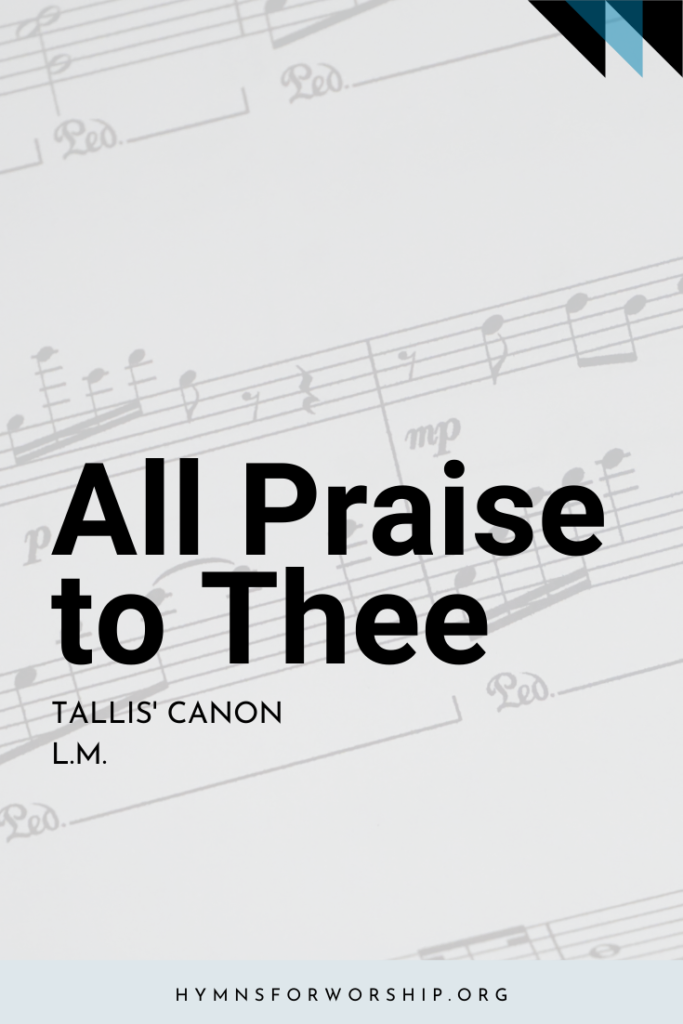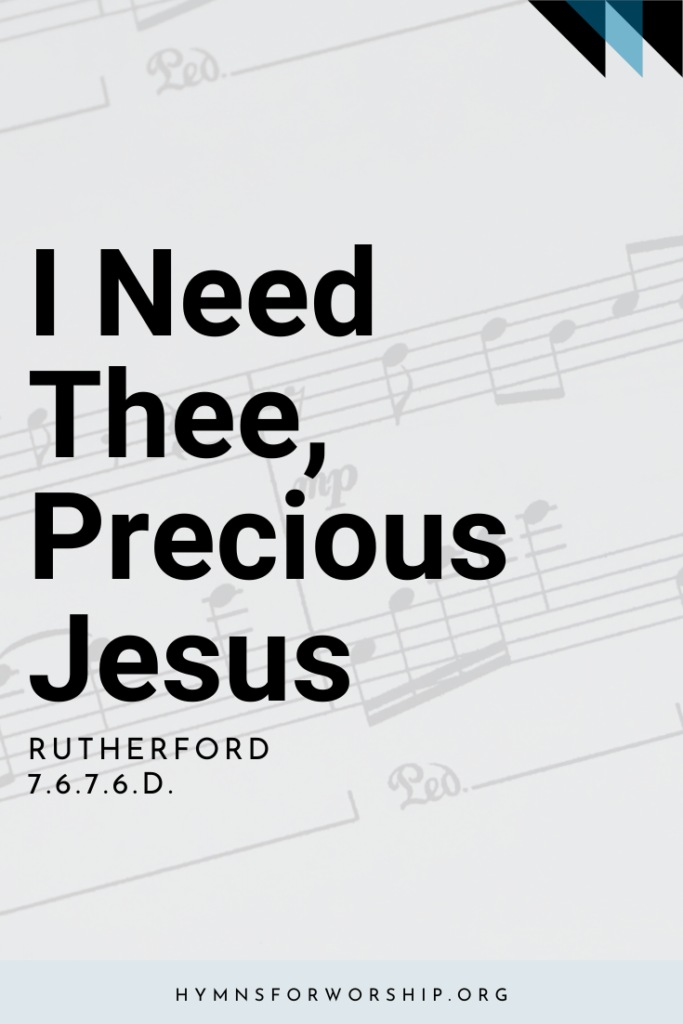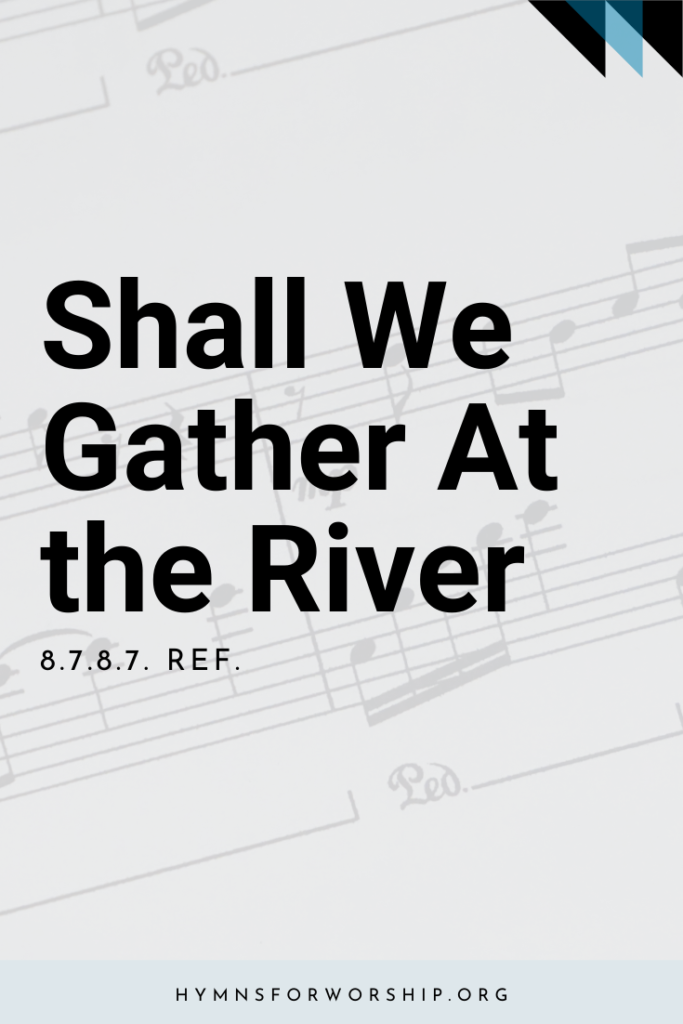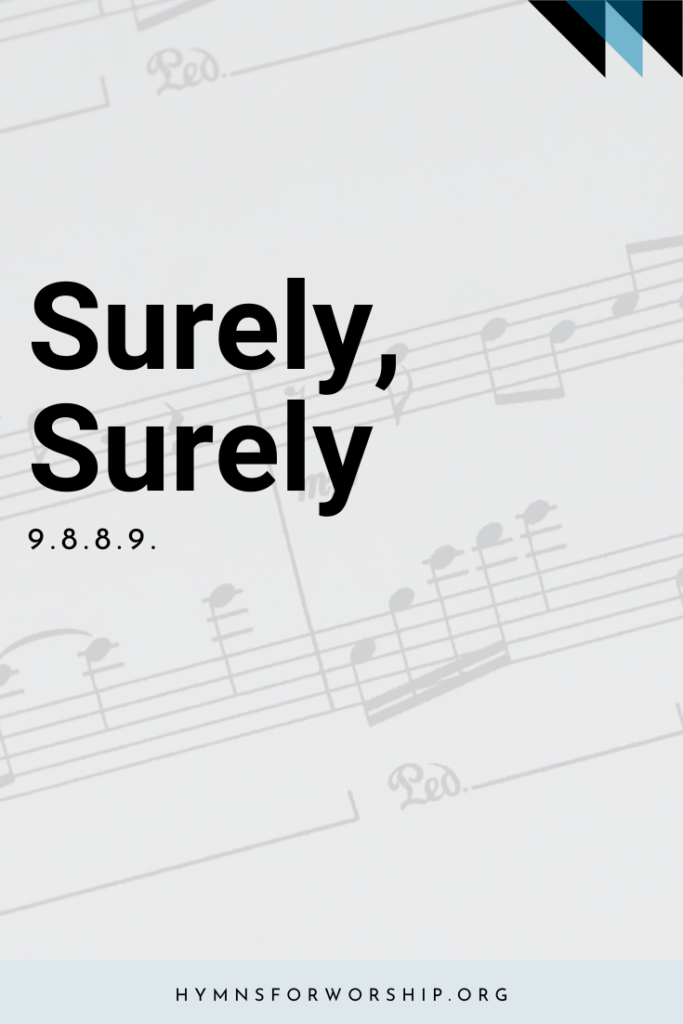WORSHIP >> EVENING WORSHIP
SDAH 53
All praise to thee, my God, this night,
for all the blessings of the light!
Keep me, O keep me, King of kings,
beneath thine own almighty wings.


Get the hymn sheet in other keys here
For Worship Leaders
Make each hymn more meaningful with these helpful tools: Short, ready-to-use hymn introductions for church bulletins, multiple ways to introduce a hymn based on your worship theme and in-depth history and insights to enrich your song service.
Hymn Spotlight: All Praise to Thee
This beloved morning hymn was written by Thomas Ken (1637–1711) and first published in 1694 as part of his Manual of Prayers. Originally containing 12 stanzas, this hymn was meant for Winchester College students, whom Ken instructed to “sing the morning and evening hymn devoutly.” The final stanza—“Praise God from whom all blessings flow”—became the Doxology, one of the most widely sung expressions of praise in Christian worship.
The tune TALLIS’ CANON was composed by Thomas Tallis (c. 1505–1585), often called the father of English cathedral music. The tune’s name reflects its canon structure, where voices enter in sequence, creating a rich, meditative sound.
As we begin the day, this hymn reminds us to lift our voices in praise and devotion, just as believers have done for centuries.


Text
1
All praise to thee, my God, this night,
for all the blessings of the light!
Keep me, O keep me, King of kings,
beneath thine own almighty wings.
2
Forgive me, Lord, for thy dear Son,
the ill that I this day have done,
that with the world, myself, and thee,
I, ere I sleep, at peace may be.
3
O may my soul on thee repose,
and with sweet sleep mine eyelids close,
sleep that may me more vigorous make
to serve my God when I awake.
4
Praise God, from whom all blessings flow;
praise him, all creatures here below;
praise him above, ye heavenly host;
praise Father, Son, and Holy Ghost.

Hymn Info
Biblical Reference
(a) Ps 53:1 (b) Matt 6:12 (c) Prov 3:24 (d) Ps 148:1, 2
Author
Thomas Ken (1637-1711)
Year Published
1674
Hymn Tune
TALLIS’ CANON
Metrical Number
L.M.
Composer
Thomas Tallis (c. 1505-1585)
Year Composed
c. 1567
Theme
EVENING WORHIP





